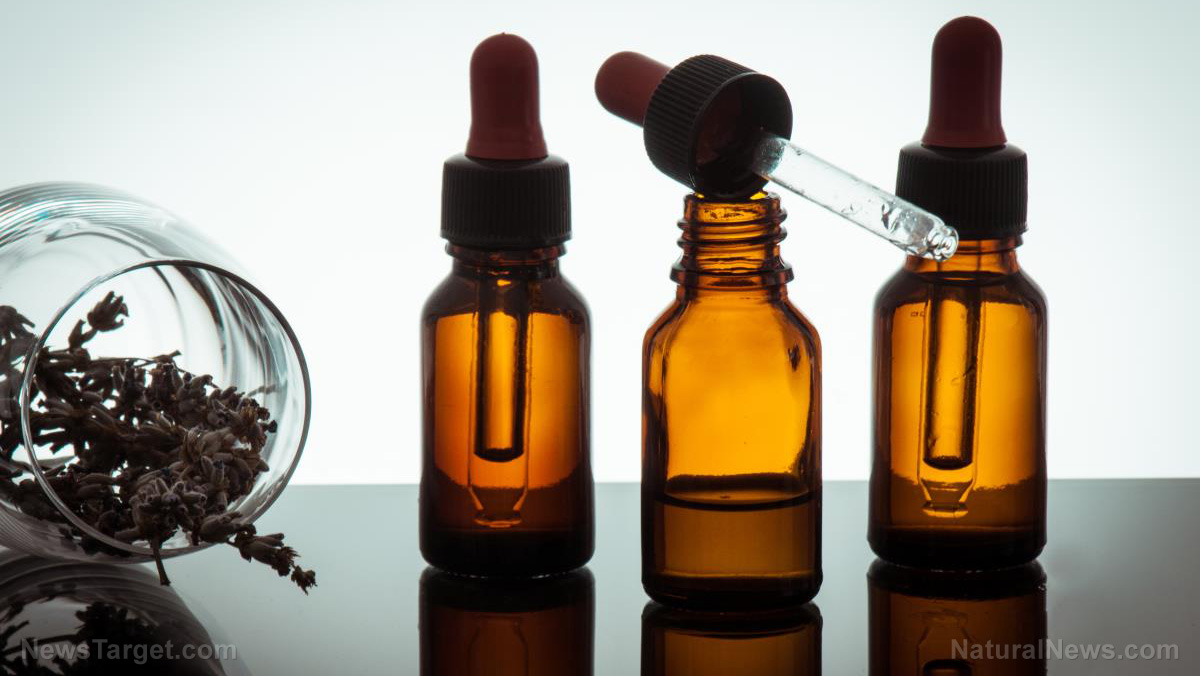
Carried out by researchers from the Federal University of Rio Grande do Sul in Brazil, the study looked at the antioxidant potential, anti-inflammatory activity, and antifungal effect of P. latifolia essential oil and its primary compounds.
The Brazilian researchers identified limonene, trans-dihydrocarvone, and carvone as the primary compounds of P. latifolia. In addition, they found its essential oil showed antioxidant activity at 0.508 milligrams per milliliter (mg/mL) and exhibited anti-chemotactic effect by inhibiting up to 94.7 percent of neutrophil migration.
In addition, the researchers assessed the antifungal activity of P. latifolia essential oil and its compounds against yeasts, such as Candida species and dermatophytic filamentous fungi, such as Microsporum and Trichophyton species. They discovered that P. latifolia essential oil exhibited antifungal activity against M. canis, and a combination of carvone and limonene was effective against the dermatophytes T. rubrum and T. mentagrophytes.
Based on these findings, the researchers concluded that P. latifolia essential oil possesses antifungal and anti-inflammatory properties.
Other antifungal essential oils
In addition to P. latifolia essential oil, other essential oils also have antifungal properties. Natural treatments are a better option for fungal infections than antifungal drugs because they do not have any side effects, and the body will not build up an immunity to them. Here are some of the best antifungal essential oils available:
- Cinnamon bark oil: Cinnamon bark oil has many qualities, such as antifungal, antiseptic, anti-inflammatory and antimicrobial qualities. It is a great essential oil to bring outdoors because it has many purposes. In addition to working as an antifungal agent, cinnamon bark oil can be used to disinfect cuts and scrapes and relieve swelling.
- Lavender (Lavandula) oil: Lavender oil is one of the most diverse essential oils you can find. This oil can effectively fight fungal infections when used over two or more days. Some studies also have reported that lavender oil can potentially treat candida infections and dermatophytes, especially those found in the nails and skin. Aside from these, lavender oil may also be used to relieve and treat headaches, sleep issues, stress, and anxiety.
- Lemongrass (Cymbopogon citratus) oil: Lemongrass oil's antifungal properties are effective against infections, such as ringworm, jock itch or athlete's foot. Lemongrass essential oil is a great addition to an outdoor kit because it has other uses aside from treating fungal infections. It can be used to relieve headaches, treat acne, or repel insects. (Related: Six awesome ways to use lemongrass essential oil.)
- Tea tree (Melaleuca alternifolia) oil: Similar to lavender oil, tea tree essential oil is one of the most diverse essential oils available. Tea tree oil is effective as an antibacterial, antiviral, and antifungal oil. It is most often used to treat ringworm, athletes foot, candida, or any sort of fungus as it stops the spread of candida infections. Tea tree oil is also used against acne, lice, dandruff, eczema, and other skin infections.
A word of caution: Applying essential oils topically should be done with care. If they are not properly diluted, they can cause skin irritation. In general, a mixture should contain two to three drops of two to three essential oil and 20 drops of carrier oil. Mix them thoroughly, and apply the mixture to the affected area using a sterile cotton ball or pad. You can also use antifungal essential oils with a diffuser.
Read more news stories and studies on other antifungal essential oils like P. latifolia essential oil by going to EssentialOils.news.
Sources include:
Please contact us for more information.























